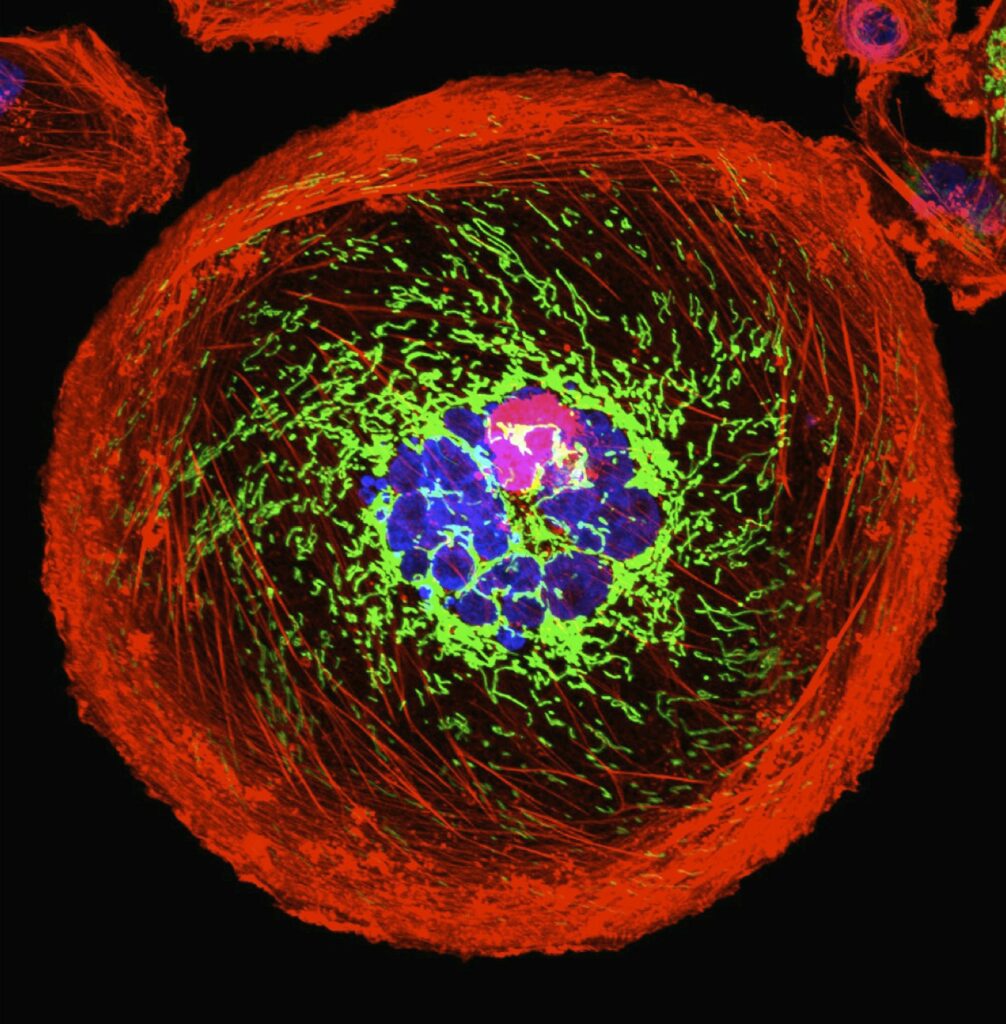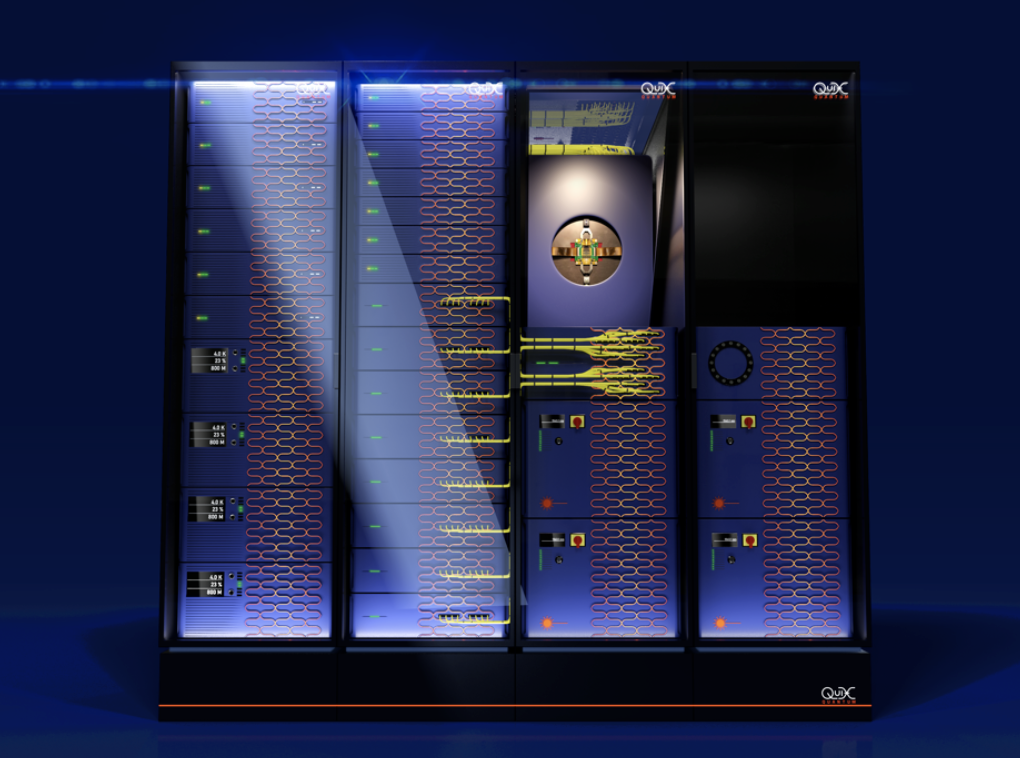Insider Brief
- Researchers have built a new quantum AI model that significantly improves attack detection over traditional methods.
- Multiverse Computing and CounterCraft researchers say the Matrix Product State (MPS) model identified 100% of attacks.
- The MPS methodology employs adversary-generated threat intelligence instead of traditional rule-based systems to identify cyberattacks.
PRESS RELEASE — Researchers from Multiverse Computing, a global leader in value-based quantum computing solutions, and CounterCraft, global leaders in deception-powered threat intelligence, have built a new quantum AI model that significantly improves attack detection over traditional methods. Trained on datasets from actual network traffic and system logs, the Matrix Product State (MPS) model identified 100% of attacks.
The MPS methodology employs adversary-generated threat intelligence instead of traditional rule-based systems to identify cyberattacks. This approach provides improved interpretability and clear insights into anomalies identified by the algorithm. Continuously advancing this model and enhancing its interpretability capabilities will pave the way for its real-world application in the near future, according to the researchers.
CounterCraft analysts had already identified the attacks within the training data, which provided a benchmark for evaluating the performance of Multiverse’s new model. The model is described in a new paper submitted to arXiv: “Tensor Networks for Explainable Machine Learning in Cybersecurity.”
The model excels in reducing false positives with greater precision as compared to the majority of classical models, including isolation forest, one-class SVM and variational encoders. At the same time, the MPS model improved the explainability of the algorithm’s results, an increasingly important capability for business users and regulators, according to the researchers.

“Explainable AI supports robust decision-making by providing clear explanations for outcomes, while improving understanding of threats and ensuring compliance with increasingly stringent transparency regulations,” said Roman Orus, Chief Scientific Officer at Multiverse Computing and an author of the paper. “Our work with CounterCraft shows how quantum techniques can strengthen cybersecurity defenses against today’s threats and future ones while improving explainability.”
A cyber attack is generally not a single event but a series of 20-80 individual events. The MPS model identified 83.5% of these steps as well as finding several steps missed in the classical analysis.
The training data for this model from CounterCraft contained detailed incident reports covering various attack types, such as weak credential usage and exploits of known vulnerabilities. The model was trained to tell the difference between normal behavior and abnormal behavior, enabling it to identify attacks.
“We provide total visibility into an attackers’ tactics and techniques to help customers anticipate and understand the strategies used by cyber adversaries, and this new model based on tensor networks will improve those capabilities,” said David Barroso, CounterCraft CTO and co-founder. “The ability to detect unknown attacks both inside and outside the network is vital for early detection and response and is one of CounterCraft’s strengths.”
The model also creates synthetic data which can be used for training models and to simulate activity for deception strategies.
The software also includes a user-friendly risk tolerance slider so security analysts can adjust the sensitivity of the threat detection to their requirements. This ensures a high detection rate with a manageable number of alerts.
This work lays the foundation for future research in cybersecurity and quantum software. Next steps for the research could include robust testing to enhance the model’s effectiveness in diverse scenarios. The initial use case was cybersecurity, but this model can enhance anomaly detection across finance, healthcare, government, critical infrastructure, manufacturing and retail.
For more market insights, check out our latest quantum computing news here.



















